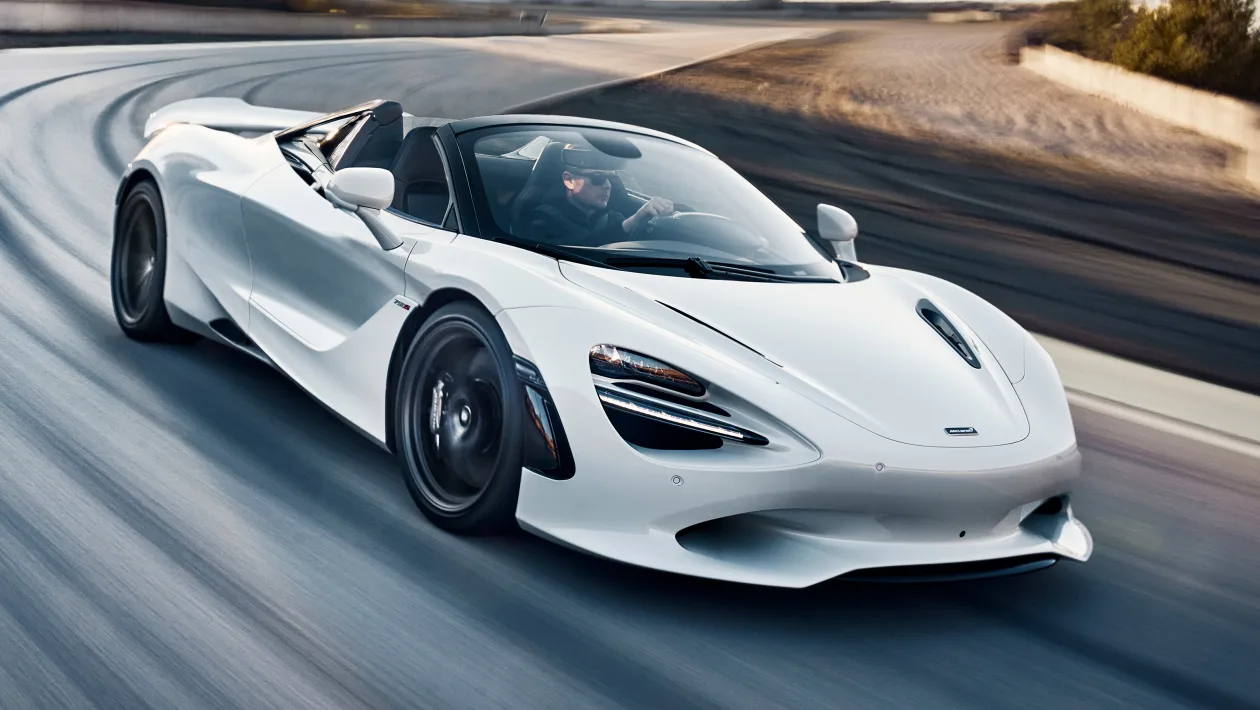Although the current iteration of McLaren has been making street-legal models for only a little over a decade, the company has made a point of salient progression; each new model has represented both a celebration of the previous model and a suggestion of its obsolescence as the state of the brand. McLaren is, in this respect, reminiscent of Bugatti, the extravagantly iconoclastic reinvention of the golden age of performance touring cars.
The bold British supercar and racing company McLaren unveiled the 720S model (and later the 720S Spider) around six years ago on the nose. The 650S was dethroned by the 720S, which debuted in 2016, just as the former model seemed to be coming into its own. McLaren’s new four-wheeled statement, the 750S, was recently unveiled, marking the exotic automaker’s latest revolution. While the 720S has been around for a while longer, its time has come as a paradigmatic vehicle from an obsessive corporation.
According to McLaren, the 750S represents a new standard; it is both the company’s lightest and most powerful regularly produced street-legal car to date. The 720S is merely used as a starting point. It comes in two body styles, coupe and convertible, and is equipped with a 730 horsepower V8 engine that generates 590 pound-feet of torque and a seven-speed transmission with revised gear ratios. The car needs only 2.7 seconds to go from 0 to 60 mph. Carbon fiber is used for the whole construction, including the monocoque, the seats, the framework, and the retractable hard top in the Spider model.
The McLaren Control Launcher is new to the 750S and allows the driver to configure their preferred settings for the car’s powertrain, aerodynamics, and handling with the push of a button. The 750S also boasts an ergonomically placed instrument display situated on the steering column and fast access to the car’s Active Dynamic settings.


